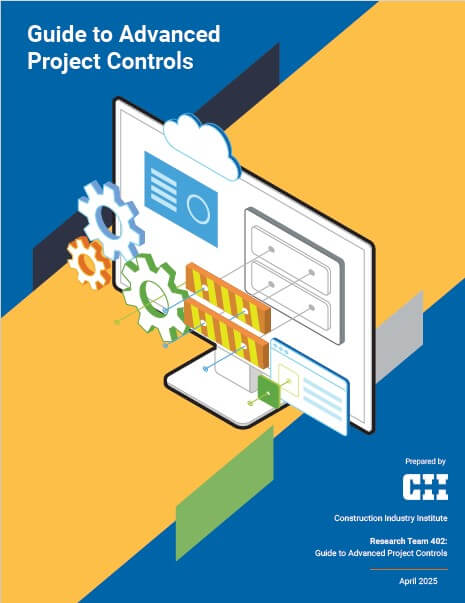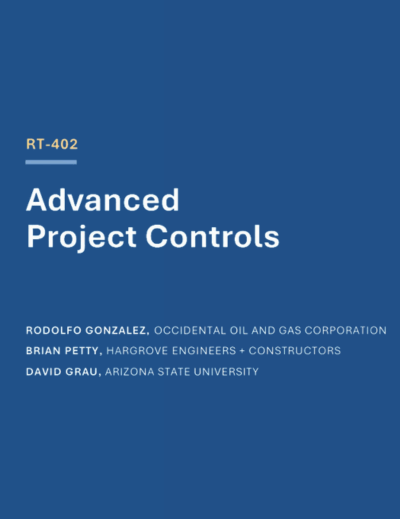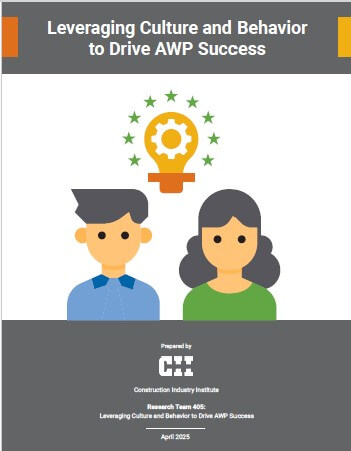
Bridging the Gap between Design and Construction Models to Improve Advanced Work Packaging
Advanced Work Packaging (AWP) represents a great opportunity to improve the planning and execution of industrial projects. Over the last decade, the Construction Industry Institute (CII) and the Construction Owners Association of Alberta (COAA) have thoroughly researched and documented both the benefits of AWP and some processes for implementing it. Nonetheless, gaps remain in the later stages of a project – specifically during the WorkFace Planning (WFP) stage, when workface planners develop installation work packages (IWPs) for field execution.
Disconnects between the information provided by Engineering and the information needed by Construction often force workface planners to “chase” information in multiple deliverables. In some cases, planners even have to completely reconfigure the 3D model provided by Engineering. This extra work frequently results in delays and cost overruns, and it is especially prevalent in the Piping discipline, which is often one of the most problematic and inefficient functions in an industrial project.
The primary goal of this research was to gain a better understanding of the gap between engineering deliverables (specifically the 3D piping model) and construction needs. The specific objectives of this effort included identifying the attributes needed for construction (via IWPs) – especially the ones that Engineering can begin populating – and assessing the limitations of current software systems for supporting these attributes during the engineering phase.
To pursue these results, the researchers conducted semi-structured phone interviews with subject matter experts (SMEs) from a variety of relevant backgrounds, including contractors, owner representatives, consultants, and employees of software companies.
The results of these interviews revealed several issues:
- There is little uniformity in the development of 3D models, especially in model organization and object attribution.
- Engineering does not perceive the 3D model’s use beyond its discipline, as a data resource that is used downstream for the remainder of the project.
- Many project participants consider an isometric drawing to be a more significant deliverable than a 3D model, to the detriment of all project phases.
- Workface planners have developed a general mistrust of 3D models, which hinders the use of these models for construction planning activities.
The recommendations of this research cover two domains:
- Advocating for the development of an AWP model execution plan early in Front End Planning (FEP) 2
An AWP model execution plan should stimulate communication and planning between Engineering and Construction during the early stages of the project, helping to identify how the engineering model will be used to feed forward the information required by the workface planner. This approach ensures that all required activities will be included in the engineering estimate.
- Identifying best practices for AWP piping models
Referring to a list of 3D piping model best practices could help Engineering avoid the major hurdles identified in this research and, if Engineering produced a more mature and construction-friendly 3D model, that would minimize the need for Construction to rekey and reconfigure information during the WFP stage.
- Lack of perception of the 3D model as a deliverable to be used downstream in the project – for fabrication and construction
- Lack of uniformity in the 3D model attribution
- Lack of organization on the 3D model by CWP or CWA
- Lack of consistency between the attribute naming in the 3D model and in other deliverables such as purchase orders
- Lack of pipe spools and field weld determination by the engineering
Too often, the owner, engineering, and construction are poorly aligned on their expectations and goals for the 3D model. The project team needs to outline an AWP model execution plan during the FEP stage of the project, to enable all parties to have a clear understanding of the expectations and goals for 3D modeling: what the model should include, and who has each role and responsibility. The Construction and Fabrication disciplines’ contributions are important to the development of the AWP model execution plan, because their inputs address WFP issues up front.
The following sections represent what, at a minimum, should be included in an AWP model execution plan (FR-TC-01, p. 14):
- Overview
- Project Information and Key Project Contact
- Goals and Uses of the 3D Model
- Roles and Responsibilities
- Collaboration Procedures
- Project Deliverables
- Specific Modeling Requirements
- Naming Conventions



